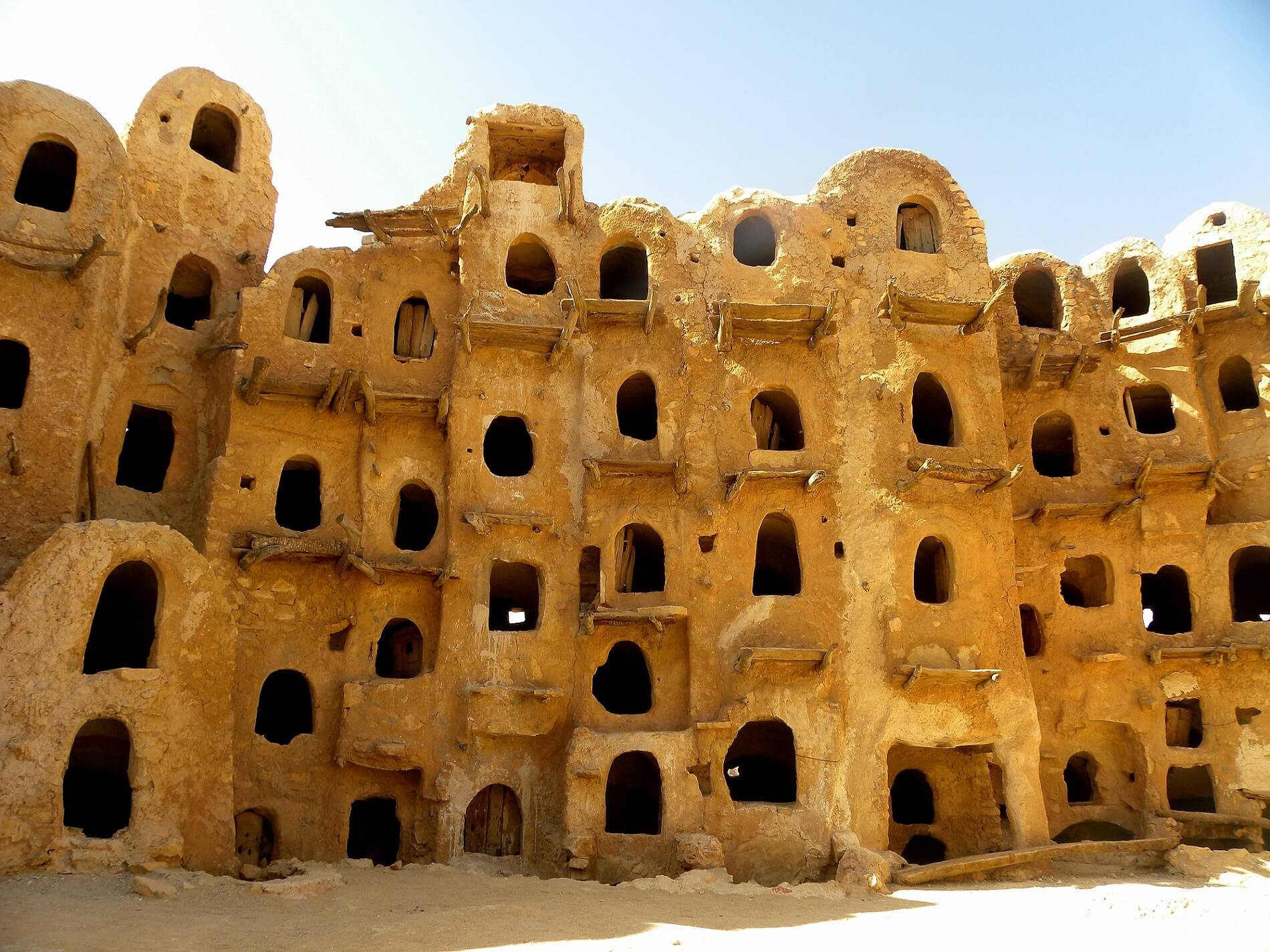Over the last week there has been a continued build up by both the Government of National Accord (GNA) and Libyan National Army (LNA) forces west and east of Sirte respectively, but there has been little active fighting in the location over the past week.On 26 June, the GNA Sirte-Jufra Military Operations Room Spokesman, Brigadier-General Abdul Hadi Drah, stated that as many as 6 anti-aircraft Pantsir air defence systems had been transported to Sirte. The GNA has also seen the arrival of suspected Iranian Misagh-2 MANPADS. On 26 June, Turkish officials claimed that the GNA demanded that the LNA withdraw from Jufra and Sirte as ‘pre-conditions for ceasefire talks’. On 29 June, forces belonging to Salah Badi’s nominally GNA-aligned Steadfast Battalion arrived at the frontlines, while on 28 June, forces from Zuwara also arrived.For the LNA, additional forces belonging to the LNA’s 128 Brigade and Saiqa Special Forces have been observed deploying to Sirte. On 28 June, several vehicles carrying alleged foreign fighters travelled through Kufra to Ajdabiya, believed to be reinforcements for the LNA forces. There have also been claims that the most recent LNA reinforcements deployed to Sirte included Chadian and Sudanese fighters, and as many as 3,000 Russian mercenaries. The current military standoff between the GNA and LNA forces, supported by Turkey and Russia respectively, has been in place since the GNA forces made an initial assault into Sirte in early June before withdrawing and reinforcing their positions west of the city.Attempts to mediate an end to the standoff by Russia and Turkey appear to have stalled, with Russia wanting to ensure that LNA-Russia retain control of Sirte, Jufra and access to the Oil Crescent ports, while the GNA-Turkey want to take control of these sites themselves. In the last week, these international level discussions appear to have focused primarily on the oil blockade aspect of the conflict likely as an attempt to prevent a Turkish push on the Oil Crescent.

